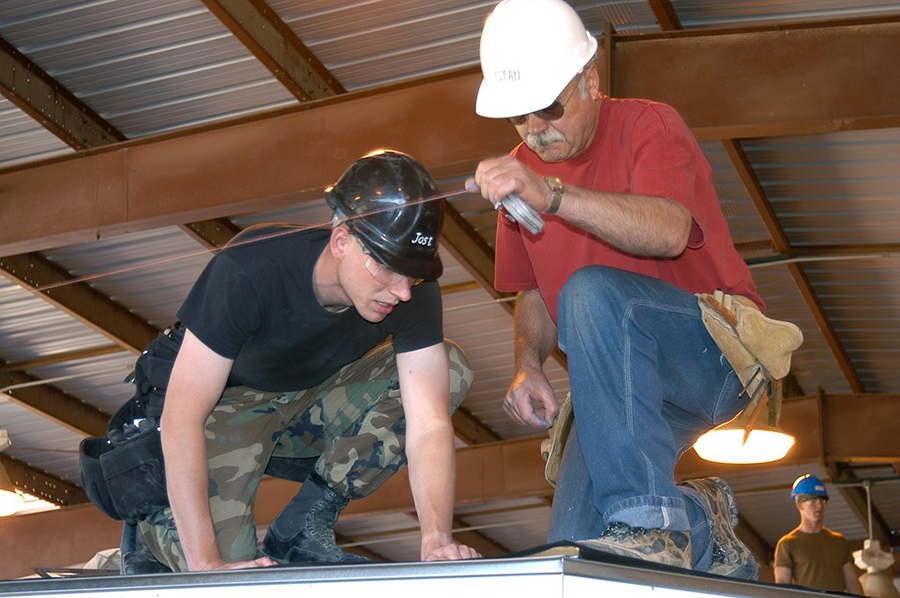Construction workers face a wide range of hazards when they show up at their job sites each morning. As construction work increases, so do dangers. Every day 6,300 people die in work-related accidents or illnesses; that’s more than 2.3 million deaths each year, according to International Labor Organization. While some of these dangers are inherent in this line of work, many of them can be minimized or eliminated altogether.
Read more Ford Unveils Exoskeleton Vests Worldwide to Help Lessen Worker Fatigue and Injury
With wearable technology taking over the world and smartwatches becoming part of everyday life, various companies are focusing their attention on producing wearable devices for construction workers. The number of these construction wearables are increasing on the job site; some of them provide comfort while others improve safety. Cooling vests, heated jackets, smart cap and HoloLens are among wearables offered for construction workers.
SangHyun Lee, an associate professor in the University of Michigan’s Department of Civil and Environmental Engineering, says wearable sensors can improve construction worker safety and also reduce costs through better data on worker health.
“EEG data gives researchers a sense of a worker’s emotional state, and high stress levels can be indicative of unsafe behaviors,” Lee told Jim Lynch of Michigan News.
“It’s hard for a construction worker to carry any monitoring devices or to stop their labor to provide data. But wearables, like a wristband, can be worn without interfering in that work while continuously sending back data. And with the opportunity for haptic feedback, they can be used for important communication, such as safety alarms.”

Lee suggests using sensing technology, which could lower insurance premiums since many insurance companies give discounts to those companies who take steps aimed at reducing workplace injuries and accidents.
“Like a patient in health care, we can monitor workers’ physical and mental status to identify red flags. However, this does not mean that all data has to be shared with management, which touches on worker privacy concerns. Workers could be empowered to monitor their own status,” he said.
Read more LG’s New Exoskeleton or ‘Wearable Robot’ Promises to Give Users Superhuman Strength
Lee points to one interesting finding and that is older workers prefer seeing how the technology can benefit them, such as improve work safety. Younger workers are already familiar with wearable devices and they know how they’re helpful, but they’re willing to wear them if their co-workers use them as well, Lee said. He suggests adopting wearable sensing technology – targeting different demographics with different approaches.












